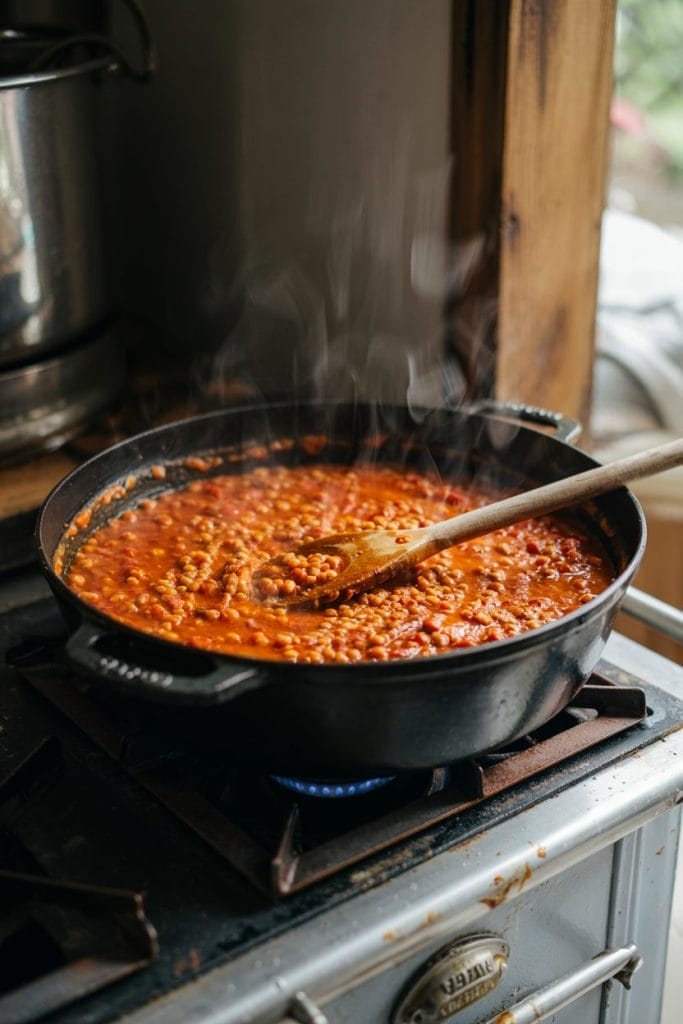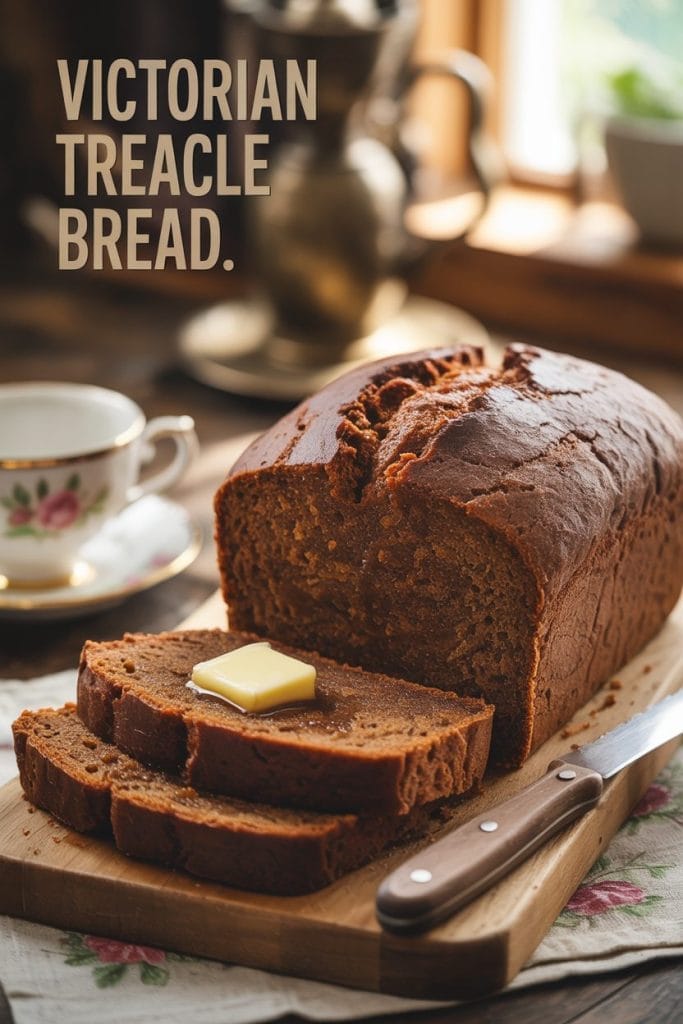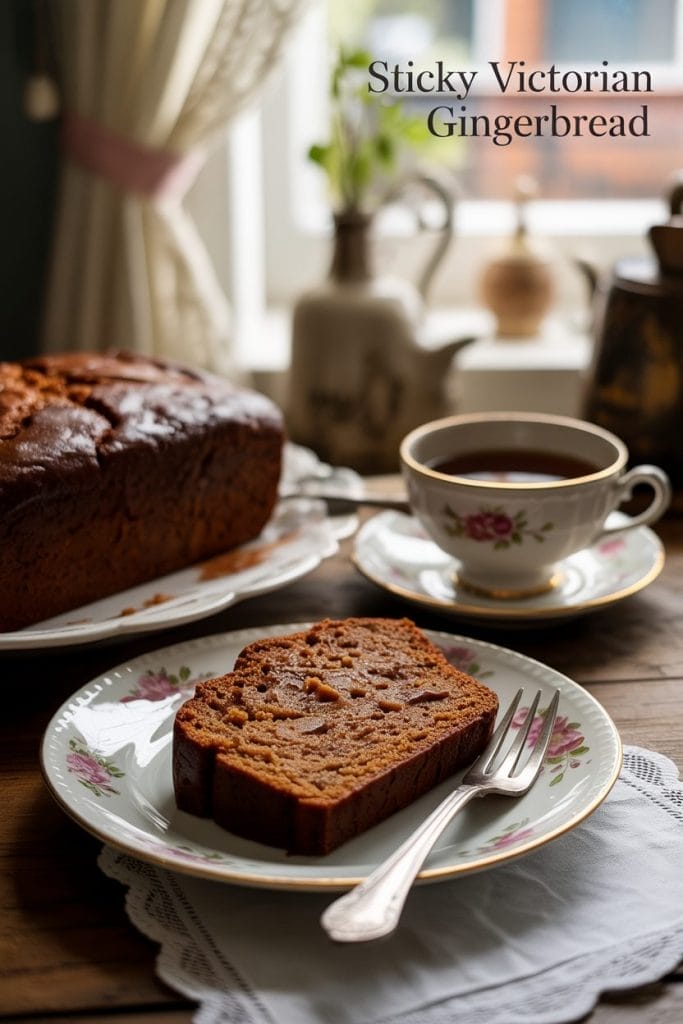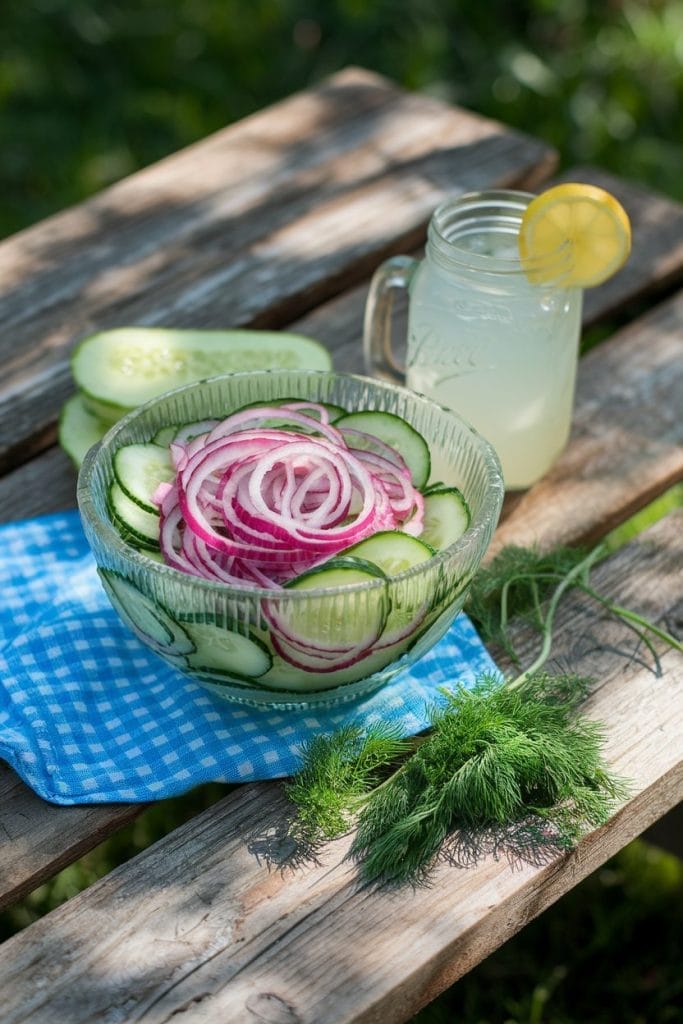Home > Single Recipes > 1930s-Style Vegan Lasagna That’ll Fool Any Meat-Eater
Last Updated: April 14, 2025
I Made These FREE Vintage Recipe Tools JUST For You
This recipe was created with help from AI tools and carefully reviewed by a human. For more on how we use AI on this site, check out our Editorial Policy. Classic Fork earns a small commission from Amazon and other affiliate links at no extra cost to you, helping us keep our content free and honest.
1930s-Style Vegan Lasagna That’ll Fool Any Meat-Eater
Time Period:
Meal Type:
Cooking Time: 45 minutes
Prep Time: 30 minutes
Total Time: 1 hour 15 minutes
Servings: 6
Calories: ~360
This lasagna brings the charm of the Great Depression straight to your dinner table—minus the meat, but not the flavor.
It’s hearty, nostalgic, and perfect for showing off at a potluck or dinner with skeptical carnivores. The sauce is slow-simmered and loaded with Depression-era ingredients like lentils and canned tomatoes—stuff that made grandma proud.

What Would You Cook in Wartime?
Step back in time and discover what you could make with limited wartime rations
History
During the 1930s, meat was expensive. Families had to stretch every dollar, so they relied on beans, lentils, and homegrown vegetables.
Italian-American households made their lasagna with what they had—often skipping meat and loading up on thick, rich tomato sauce and homemade noodles.
This recipe uses that same spirit but swaps in modern vegan magic like cashew ricotta. It’s Depression cooking, just without the actual depression.
Equipment
- 9×13 baking dish
- Large saucepan (this is the FATHER of all saucepans!)
- Medium pot (for noodles)
- Blender or food processor
- Wooden spoon (Love environmet & style? Get this bamboo spoon set)
- Knife (Chefs envy this knife set) and chopping board
- Colander
- Aluminum foil
Ingredients
For the sauce:
- 2 tbsp olive oil
- 1 onion, chopped
- 3 cloves garlic, minced
- 1 cup brown lentils (cooked or canned)
- 1 tbsp tomato paste
- 1 tsp dried oregano
- 1 tsp dried basil
- ½ tsp chili flakes (optional)
- 2 cans crushed tomatoes (28 oz total)
- Salt and pepper to taste
- 1 tsp sugar
For the cashew ricotta:
- 1½ cups raw cashews (soaked 2 hours or boiled 10 mins)
- Juice of 1 lemon
- 2 cloves garlic
- 3 tbsp nutritional yeast
- ½ tsp salt
- ½ cup water (adjust as needed)
Other layers:
- 9-12 lasagna sheets (oven-ready or boiled)
- 2 cups spinach (lightly sautéed or steamed)
- ½ cup dairy-free shredded mozzarella (optional)
Instructions

1. Make the Lentil Sauce
Heat olive oil in a large pan. Sauté onions until soft, about 5 minutes. Add garlic and tomato paste. Stir for 1 minute.
Add lentils, herbs, chili flakes, crushed tomatoes, sugar, salt, and pepper. Simmer uncovered for 20–25 minutes, stirring now and then. It should thicken up nicely.
2. Prepare the Cashew Ricotta
Blend soaked cashews, lemon juice, garlic, nutritional yeast, salt, and water until creamy. Scrape down sides as needed.
It should be spreadable, not runny. If it’s too thick, add a splash more water.
3. Prep the Noodles and Spinach
If using boilable noodles, cook them according to package directions. Drain and set aside.
Sauté spinach in a dry pan for 1–2 minutes until wilted.

4. Assemble the Lasagna
Spread a thin layer of sauce at the bottom of your baking dish.
Layer:
- Noodles
- Sauce
- Cashew ricotta
- Spinach
Repeat until the dish is full, ending with a layer of sauce and optional vegan mozzarella.
5. Bake the Lasagna
Preheat oven to 375°F (190°C). Cover the dish with foil. Bake for 30 minutes.
Remove foil and bake for 10–15 minutes more, or until bubbly and golden on top.
Let it rest for 10 minutes before slicing.
Special Notes
- No cashews? Use firm tofu instead.
- Sauce too thin? Simmer longer. Too thick? Add a splash of water.
- You can freeze the whole thing before or after baking.
Nutrition (Per Serving)
- Calories: 360
- Protein: 14g
- Carbs: 48g
- Fat: 14g
- Fiber: 9g
- Sugar: 8g
- Sodium: 520mg

Maggie Hartwell
Hi there, I’m Maggie Hartwell, but you can call me Maggie—the apron-clad foodie behind Classic Fork! I created Classic Fork because I’m convinced food has a way of telling stories that words can’t. So, grab a fork and dig in. The past never tasted so good!






